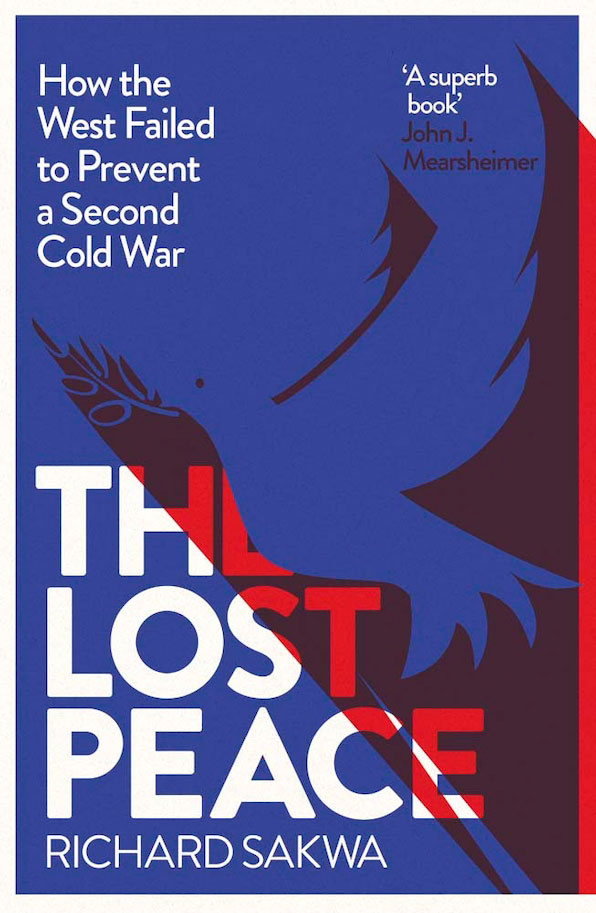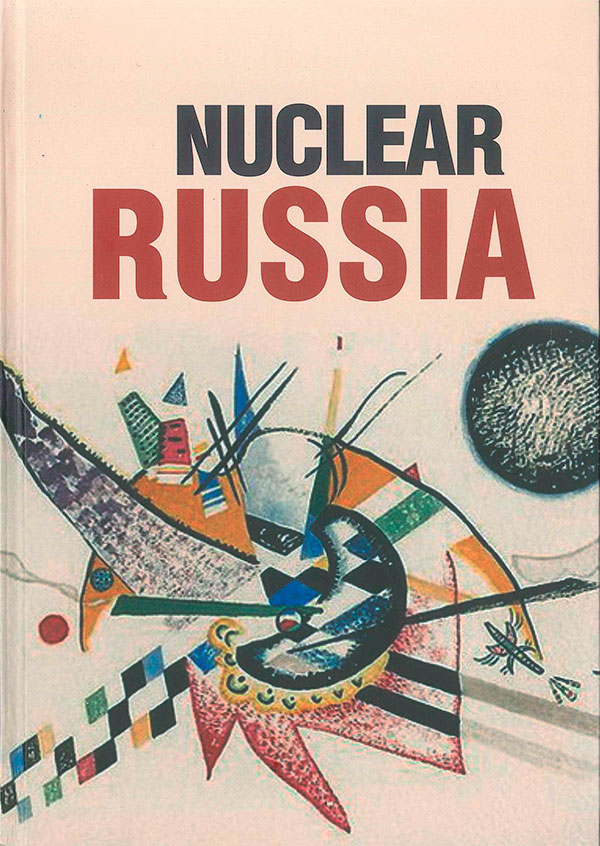... ahead, plan ahead, and then put their critical resources to that will succeed. As for what to invest in, this will keep on changing. Nothing is going to be permanent.
How does India perceive the world fragmentizing into two techno-economic blocks (with China on the one hand and the US and West on the other)? Does India have any strategy to navigate its interests in these new circumstances?
Aleksei Kuznetsov:
BRICS in Global Financial System: The Need to Level the Playing Field
Absolutely. First off, there will not be any sole winner — it is not going to be the US, and it is not going to be China. Whatever technology China has, it will be put to the best ...
... US-China conflict. It is in their common interests to resist the emerging bipolarity and, where possible, to mitigate its negative repercussions, with an emphasis on promoting multilateral mechanisms of international cooperation.
For example, Russia, India and China are members of the BRICS and the SCO. Moscow and New Delhi should make additional efforts to ensure that these institutions are not going to evolve into “the leagues of extraordinary gentlemen”, but instead will become effective tools in the search for a common denominator ...
... respects, from economically and politically to technologically and militarily.
Even before the outbreak of the
“hybrid war,”
China had overtaken Germany not only as Russia’s principal trading partner, but also as the leading exporter of machinery and equipment to Russia. India, a traditional importer of Soviet and Russian weapons, is now emerging as a major technology partner for Moscow. Saudi Arabia ... ... more important than one in Vienna.
There needs to be an audit of potential economic and other opportunities for Russia in the BRICS countries, and a plan to work on them. Apart from economics, student exchange programs should be expanded, and Russian tourism ...
... India hopes to serve as a bridge between them as well as a balancing force within each against their most radical elements.
Managing Bi-Multipolarity
It is for this reason that India has sought to play leading roles in multilateral platforms the Quad, BRICS, and the SCO. The first one serves as its means for balancing China’s rise in what India hopes will be a friendly, gentle, and non-hostile way compared to the new AUKUS alliance’s non-friendly, harsh, and hostile one. BRICS and the SCO, meanwhile, are complementary platforms for reforming the international system as it transitions ...
... recent years (except in 2020), and this advantage
is predicted by the IMF until 2026
and beyond.
The
third scenario
is a careful search for a balance while preserving the existing membership of the association, goals and objectives. For this to happen, China, India and Brazil need to revise their approaches to bilateral relations, smoothing out their contradictions. BRICS should work on the mistakes after the pandemic, trying to formulate joint responses to the serious challenges that are looming today, including those caused by the Ukrainian crisis, such as a new round of food crisis globally and the economic crisis ...
... actors) are going to lose a lot if they have to take sides in this forthcoming US-China rivalry. On the contrary, it is in their best interests to confront this bipolarity and to mitigate it to the extent possible with a new emphasis on multilateralism.
India, China and Russia are all members of BRICS and of SCO; Moscow could work harder making these institutions more efficient in reaching common denominators for even highly sensitive security and development issues. There is also a separate mechanism of the Russia-India-China trilateral consultations,...
... shortage in film industry professionals and impressive talents. The countries also have some of the world’s most reputable learning institutions in the field of cinema, such as Gerasimov Institute of Cinematography (VGIK) (Russia), Beijing Film Academy (China), Satyajit Ray Film and Television Institute (India) and others.
Third, the BRICS countries have a significant record of successful efforts and a skilled workforce in the fields of digital technology, artificial intelligence and data analysis, which are vital components for a successful streaming media.
Another important reason ...
... reapplying unilateral sanctions and enforcing them all signatories or depriving Germany and Europe from pursuing investments and progress with Nord Stream II while expanding Permian oil and gas basin on full speed, or its growing and guided trade war with China and lately India are all signs of major concern for the custodian of the global reserve currency.
New World Begets a New Bank
As a default mode, China should also beware that “the sanctioned objects in the mirror are closer than they appear.” In other words,...
... activities of terrorist groups, without any specific steps being taken.
Finally, an extremely unlikely scenario in which New Delhi achieves a direct peace agreement with Islamabad without Beijing’s participation is also possible. However, relations in the India–Pakistan–China triangle are such that Beijing’s help will make it much easier to convince Islamabad to make concessions.
It could thus be concluded that the role of BRICS as a platform for coordinating anti-terrorist activities essentially duplicates the role of the SCO, especially when the latter distanced itself from intervening in fighting terrorism in South Asia. If the SCO plans to retain its standing as the ...
... the US–China competitive hegemony. Still, Russia remains a very important strategic player. In fact, Russia has become a swing player. Essentially Russian goals determine the balance of powers, placing Russia in a very privileged position vis-à-vis BRICS. Also the fact that India, China and Russia now have reactivated the trilateral dialog called RIC, which happened in Buenos Aires, is also going to give further strength to BRICS. Because now they can actually use their trilateral cooperation as the building block within BRICS ...



